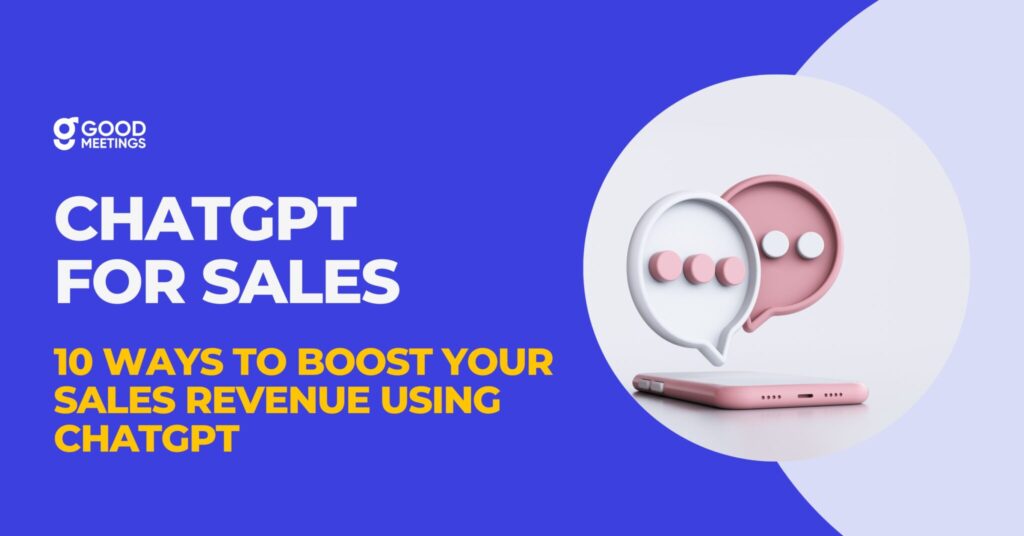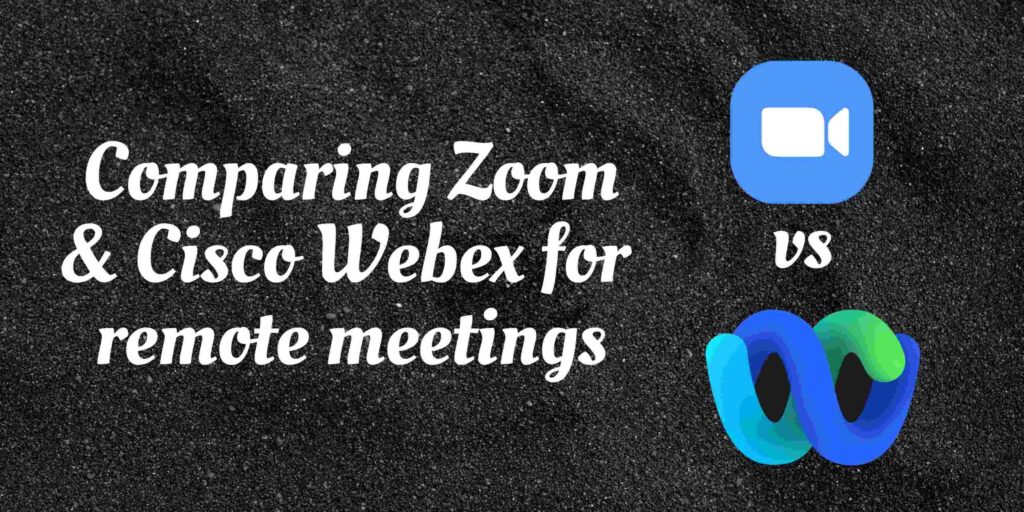
You are cold calling someone if you call without any prior intimation with the intent of selling your products or services. Thus, cold calling has two aspects to it. First, you should never have been introduced to the prospective customer. Second, the call should be regarding an intention to sell.
It is said that cold calling is not about selling but about getting the next meeting to discuss your offering or give a product demo in more detail. However, the intent to sell is always there when making a cold call.
What is so tricky about Cold Calling?
Cold calling is one of the most effective techniques for generating leads. However, cold calling has its own share of challenges. For example,
-
Cold calling stats are discouraging
With the advent of caller identification, no one ever picks up a phone call from an unknown number. Furthermore, texting and emailing have cannibalized voice calls making cold calling more difficult than ever.
Statistics say that,
Over 30% of leads never receive a follow-up call after initial contact.
It takes around 8 cold calls to get through a prospect and only 2% of the prospects connected via cold calling agree for an appointment.
-
Cold calls to strangers can be intimidating
The “you don’t know me” and “you can’t see me” aspect of cold calling can result in rude behaviour from a prospect. It can be intimidating as people can say things that they would never do in person. The fear of rejection and failure is daunting and overwhelming.
92% of consumers think unidentified calls might be fraud.
The Cold Calling Framework that works

1. Opening in Cold Calling:
Always open with asking if the person you are calling is the decision-making authority for purchasing and if you have done your research well enough, you will invariably get a ‘Yes’.
This sets the tone of the further conversation and you will be sure that you are talking to the right person. Ideally, the introduction part should not last more than 10 seconds.
Also mind these cold calling stats,
Opening your cold call with “How’ve you been?” has a higher success rate for booking a meeting.
Salespeople who state their reason for calling have a 2.1x higher success rate.
2. Deliver the elevator pitch:
Ask about the existing solution (if any) that they use. Use their description and your own competitive research of the existing service that they use to tune the pitch of your product.
Your pitch should not be an explanation of product features.
It should be how you can address the needs and pain points of your customers. Try to keep the elevator pitch length close to a minute.
3. Ask qualifying questions:
While this does sound like asking a lot of questions, try not asking any questions at all!
Let your prospect do the talking by saying “Tell me more”. While they are talking, you will invariably find the value to the variables that you need for qualifying the lead. If there is something of your interest that the prospect was talking about but cut it short, you can always prompt them to talk more about your topic of interest by saying, “This sounds interesting, tell me more about it”.
Scavenge your qualifying information from this conversation.
This approach will help you find more information that you are looking for and also create a rapport with the prospect.
4. Handle Objections in cold calling:
This is the most important part of a cold call. However, if you handle objections tactfully, you may not only get the lead back into your pipeline but also earn enhanced trust from the lead.
While there are ready scripts for handling objections, always take a pause before you respond to objections.
For example, if a prospect tries to brush you off by saying, “Just send me some more information”. You could reply, “Is there any specific information that you might need? You seemed interested in a case study. Would you want more details on that?” This shows that you were listening attentively to the prospect and are keen on forming a relationship with them.
5. Re-emphasize the benefits of your offering:
The human mind is designed to remember something for a long time that is repeated and emphasized.
Always repeat how your product will benefit the prospective customer.
However, do keep the following points in mind while doing so:
1. Do not simply state the benefits. Insert them in a conversation. For example, instead of saying that your product enhances sales by 100%, you could say, “I am sure that with our association, you will cross 10 Mn USD sales next year”.
2. Do not talk about all your benefits at this stage. Pick one or two benefits and speak very briefly about them.
6. Closing in cold calling:
Instead of the ceremonious Thankyous, use this part of the cold call as an opportunity to get an appointment for the next meeting.
At this stage, instead of asking the prospect, “whether you are interested in our product?”, you may ask a more confident question like, “when is your calendar open for a conversation regarding this?”.
If the prospect is time-crunched, provide them with a definite duration of the time that you are asking from them.
For instance, “would you be open for a 15-minute conversation?” is always more likely to get a positive response than, “would you be open for a conversation?” Always, include a call to action (CTA) such as a meeting request, a demo, a free consultation, etc. in the closure part of a cold call.
Some more useful tips for cold calling
- Cold calling must be done to start a conversation and not sell. While the intent behind a cold call is to sell, the goal of the cold call should be to get the prospect to agree to a sales pitch meeting.
- Research your prospect well before calling. Know their business, the products they are using, and probably a hobby of theirs to build personal rapport.
- Let the prospect speak more. This approach will help you get more information and make the prospect feel heard and valued.
- Call at the right time. Evening 4 to 5 PM and morning 11 AM to 12 PM are considered the best times to call a prospect. Never call them on weekends.
- Do not let rejections bog you down. Analyse and use the obstacles encountered in one cold call to improve your chances of converting the next cold call.
Even with the advent of super-intelligent technology in sales from the likes of Gong, Chorus, or GoodMeetings, cold calling is here to stay. Master cold calling to win yourselves customers who trust and love you right from the point when they are inducted into your sales pipeline.





